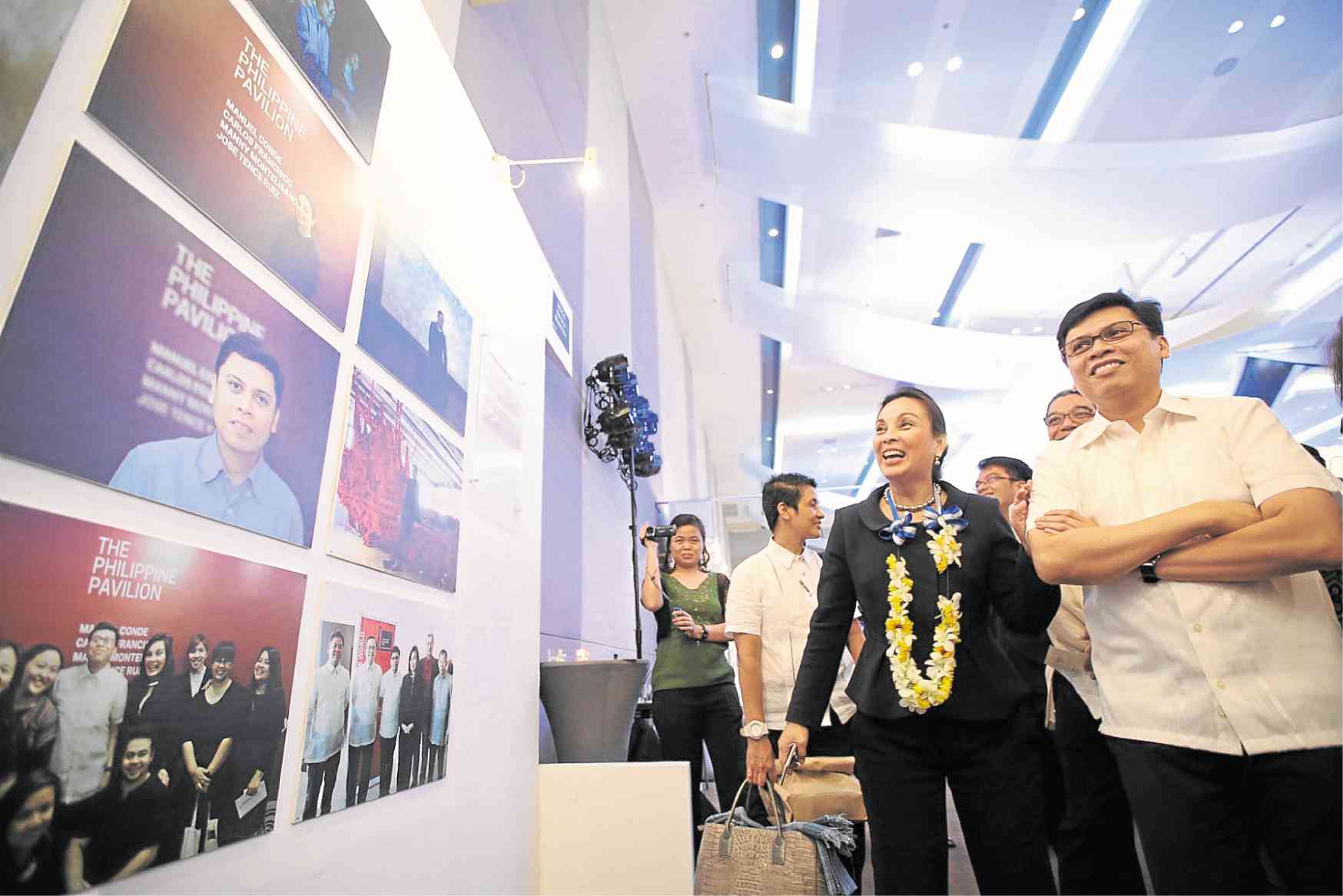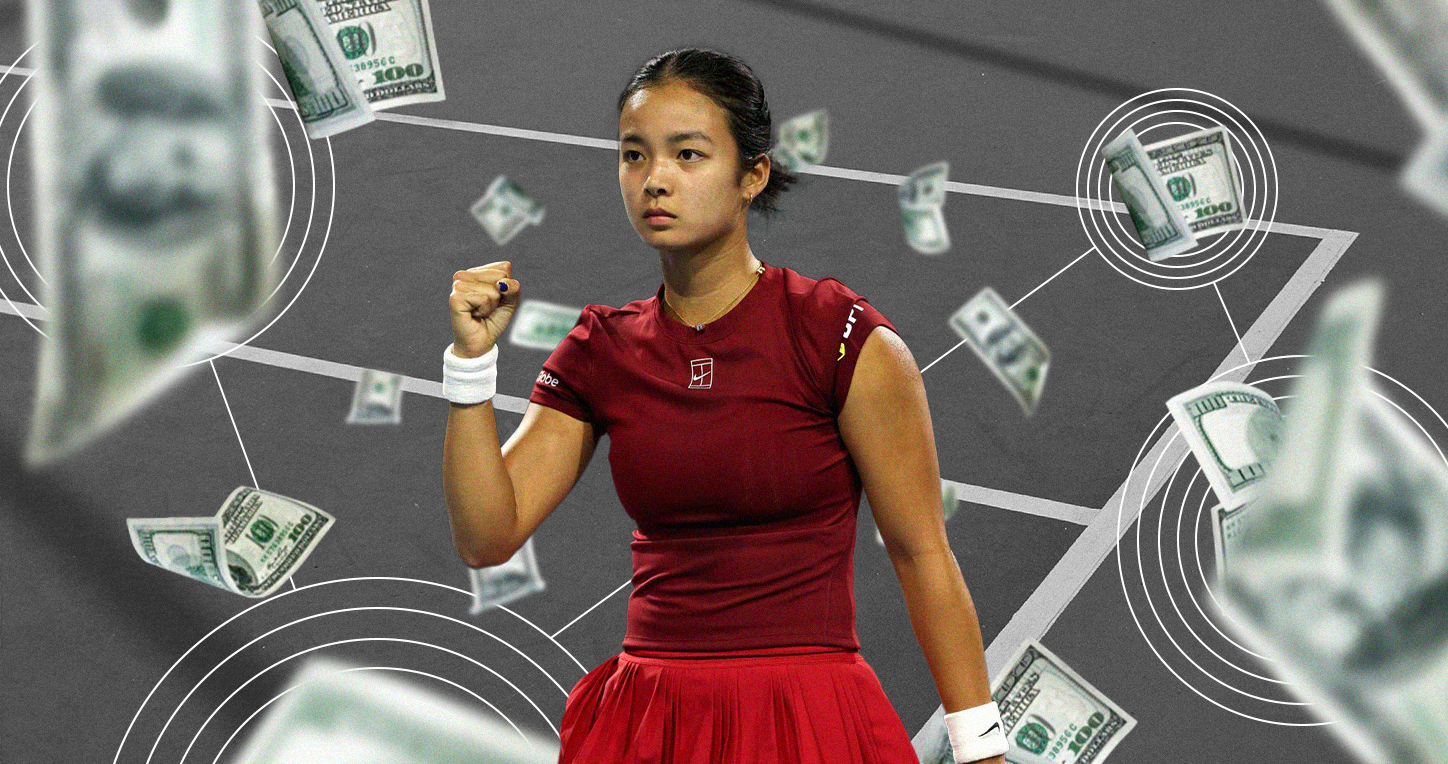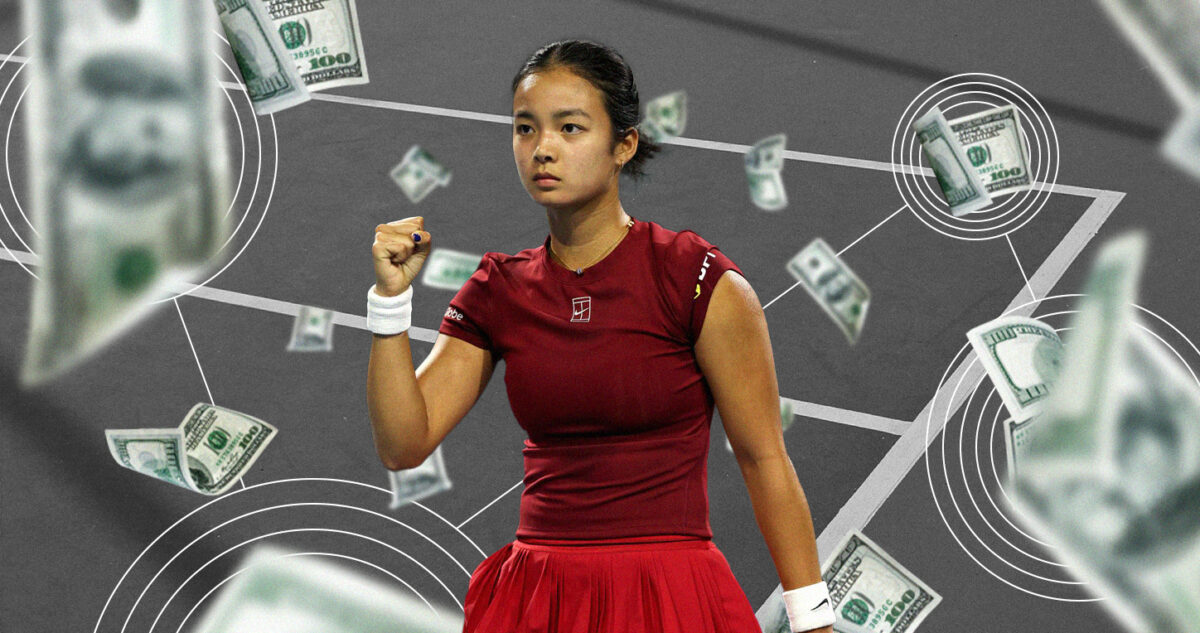
ManilArt, the pioneering and the biggest visual arts fair in the country, will mark its 10th anniversary on Oct. 17 to 21, with a rich and very extensive mix of exhibits, performances, art and museum tours and lectures and forums that all together attest to the continuing vibrancy of fine arts in the Philippines.
The flagship project of the National Committee on Art Galleries (NCAG) of the National Commission for Culture and the Arts (NCCA), the 2018 ManilArt will have as its theme, “Ang Arte ng Pilipinas: Celebrating a Decade of Artistic Excellence,” said ManilArt festival director Amy Loste.
“ManilArt will celebrate Museums and Galleries Month which, pursuant to Presidential Proclamation No. 798, is held every October,” said Delan Robillos, head of NCAG and vice head of the NCCA Subcommission on Cultural Heritage.
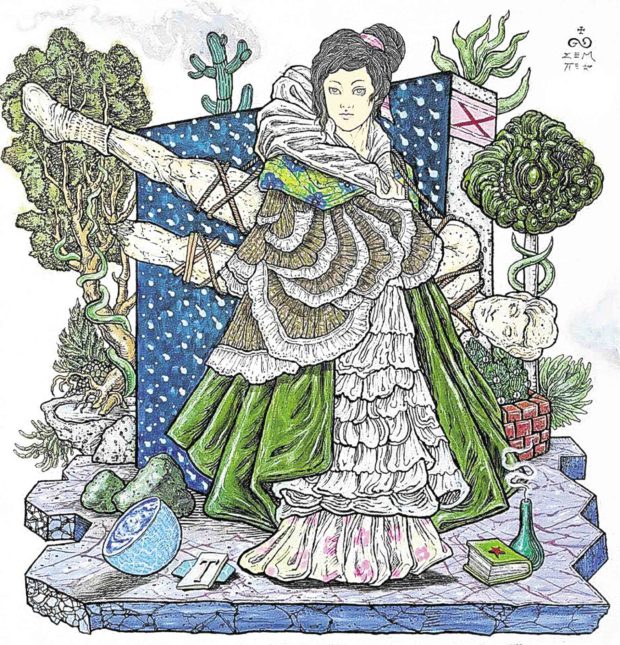
Theme this year is “Museums and Galleries: Showcasing Cultural Diversity for Development and Peace” in consonance with the United Nations Educational, Scientific and Cultural Organization International Decade for the Rapprochement of Cultures (2013-2022).
“The theme acknowledges the role of museums and galleries in promoting respect for cultural diversity, which is a vital component of development and peace and in building a high-trust and resilient Philippine society,” said Robillos. “Activities of the celebration shall include museum and gallery-related lecture demonstrations, conferences, exhibits and, of course, the ManilArt Fair.”
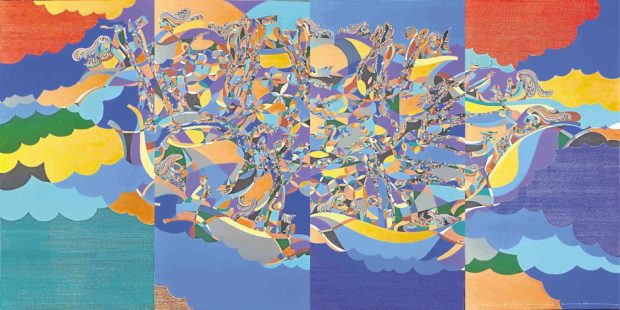
Established in 2008, ManilArt certified the thriving local art market and helped usher in what is arguably a new golden age in Philippine art. On ManilArt’s 10th edition, it is only fitting to explore the precedents that led to that gilded age.
Impact of internet
One cannot ignore the impact the internet has made on the art world. While groups such as the iconic Saturday Group live on, there are now online platforms for discourses and exchanges about Philippine art, such as Art Philippines on Facebook, founded by Ross Capili.
Surrealist Gromyko Semper was discovered online, and he’s now the only Filipino artist in the Online Museum of Digital Art. Isobel Francisco is another young artist who has utilized the internet to expand her craft’s reach. She has just been granted an art residency in Vermont Studio Center in the United States.
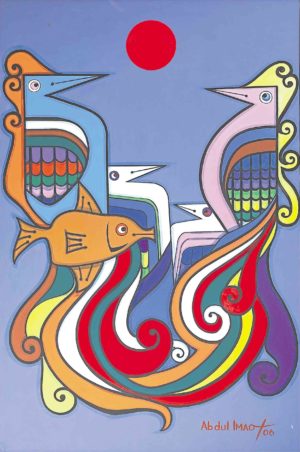
State support for the arts and culture has grown through the decades, starting with the establishment of the NCCA, which celebrated its 30th anniversary last year.
The NCCA is the coordinating council for the arts and culture; heads of major cultural agencies sit as commissioners: Cultural Center of the Philippines, National Historical Commission of the Philippines, National Museum, National Library, National Archives of the Philippines and Komisyon sa Wikang Filipino.
The NCCA has private sector representation, which enables it to formulate and implement policies and programs for artists and by artists. Private sector representatives sit in the four subcommissions and the 19 national committees under them.
Under the NCCA, ManilArt and the annual Museums and Galleries Month have been undertaken. Infrastructure for Philippine art and support for the creative economy at large have increased.
Heritage awareness
In 2009 the National Cultural Heritage Act (Republic Act No. 10066) was signed into law amid rising awareness of a vanishing cultural heritage and historical landmarks, such as the Manila Jai Alai—considered the finest Art Deco building in all of Asia—demolished in 2000 by Mayor Lito Aitenza.
The law might not have completely checked threats to heritage, such as the construction of the residential high-rise Torre de Manila in 2012, which now sticks out like a sore thumb against the Rizal Monument’s skyline. But heritage advocates now at least have a law to bank on in their cultural patrimony crusade.
Meanwhile, the Manila Metropolitan Theater has had a much happier end to its story. After decades of decay and disrepair, it was purchased by the NCCA, which is now undertaking its restoration.
Another important factor is devolution, as shown by the naming in 2006 of Mindanao painter and sculptor Abdulmari Imao as a National Artist for Visual Arts.
Biennales, auctions
In 2015, the Philippines returned to the Venice Biennale after 50 years. Last year, France-based arts center, Taverne Gutenberg, teamed up with Z Hostel in Poblacion to set up an international art residency program aptly named Ugnayan sa Poblacion.
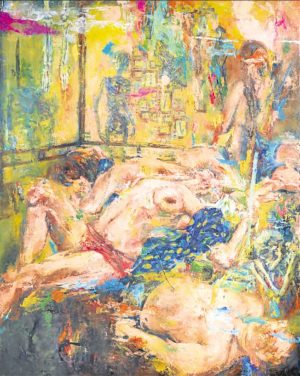
Philippine art works have fetched high bids in auctions by Christie’s and Sotheby’s. Local auction houses León Gallery and Salcedo Auctions have conducted regular auctions that have been so successful that the Philippines is now the 17th biggest art auction market in the world, according to Artprice.com, an online art-and-auction industry monitor.
It is this environment that ManilArt has persisted and flourished. It is now entering its second decade of celebrating artistic excellence and fostering a thriving regime for arts and culture. —CONTRIBUTED
ManilArt will run Oct. 17-21, at SMX Convention Center, 3/L and 4/L SM Aura Premier, Taguig City. Call 7798635.
Visit www.manilart.org.

